7 Irresistible Middle Eastern Spice Secrets That Will Transform Your Kitchen Forever!
Welcome, fellow flavor explorers! Whether you're a home cook looking to jazz up your weeknight dinners or a culinary pro diving deeper into global flavors, this article is your golden ticket into the vibrant world of Middle Eastern spices. Get ready to unlock a treasure trove of aromatic secrets that have been passed down through generations. These aren’t just spices — they’re stories, traditions, and flavor bombs waiting to explode in your kitchen.
Table of Contents
- What Makes Middle Eastern Spices So Special?
- Top 7 Must-Have Middle Eastern Spices & Blends
- Comparison Table: Top Middle Eastern Spice Blends
- Pro Tips for Using Middle Eastern Spices Like a Local Chef
- How to Cook with Middle Eastern Spices: Recipes You’ll Crave
- Middle Eastern Spice Buying Guide: What to Look For
- Spice Shopping Checklist
- Final Thoughts: Let Your Taste Buds Travel the World
What Makes Middle Eastern Spices So Special?
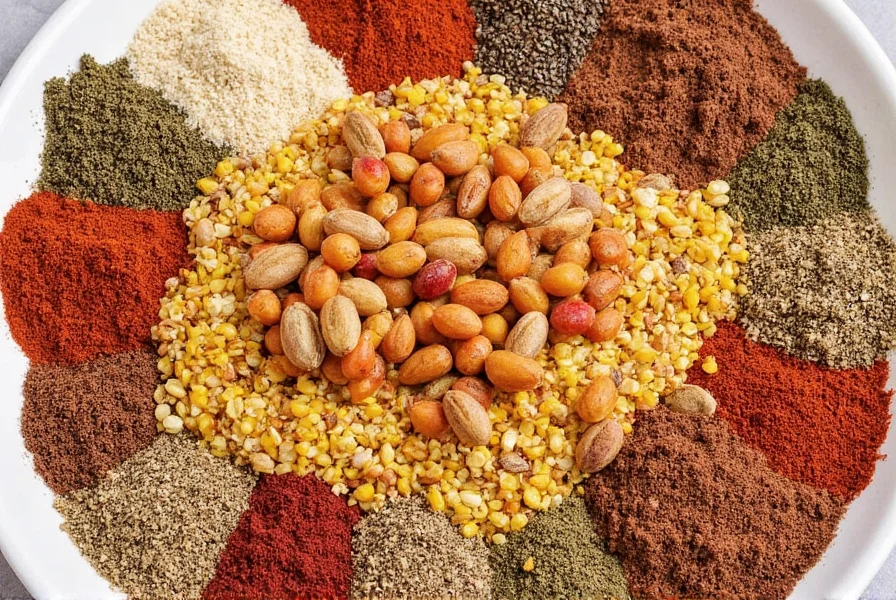
Middle Eastern cuisine isn't just about falafel and hummus (though we love those too!). It’s a rich tapestry woven from centuries of trade routes, nomadic influences, and deep-rooted traditions. The region has long been a crossroads between East and West, which means its spice cabinets are as diverse as they are delicious.
From the citrusy zing of sumac to the warm earthiness of za’atar, these spices bring depth, complexity, and a whole lot of soul to every dish. Unlike Western cooking where salt often reigns supreme, Middle Eastern chefs rely on spice blends to layer flavor like an artist layers paint on canvas.
Top 7 Must-Have Middle Eastern Spices & Blends
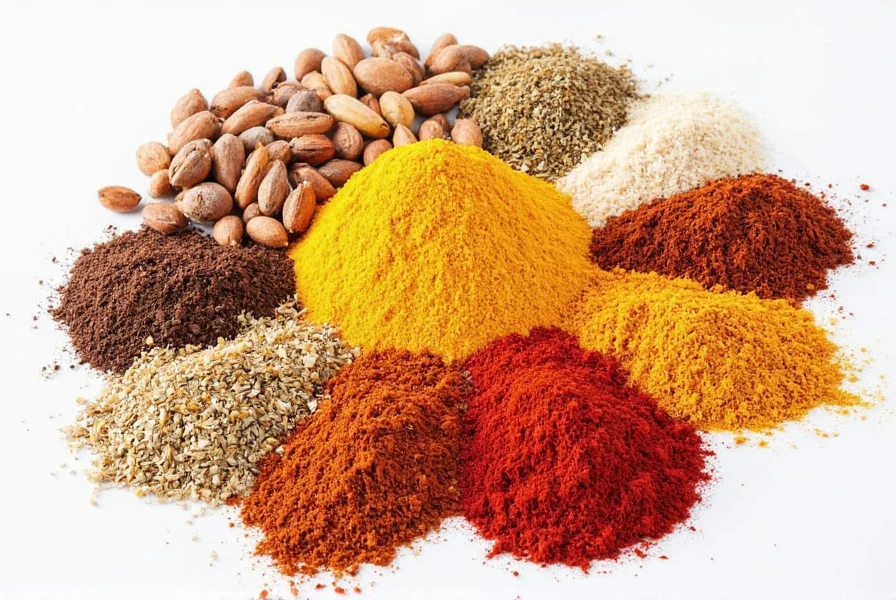
Ready to stock your pantry with some serious flavor firepower? Here are seven iconic Middle Eastern spices and spice blends you should know — and how to use them:
1. Za’atar
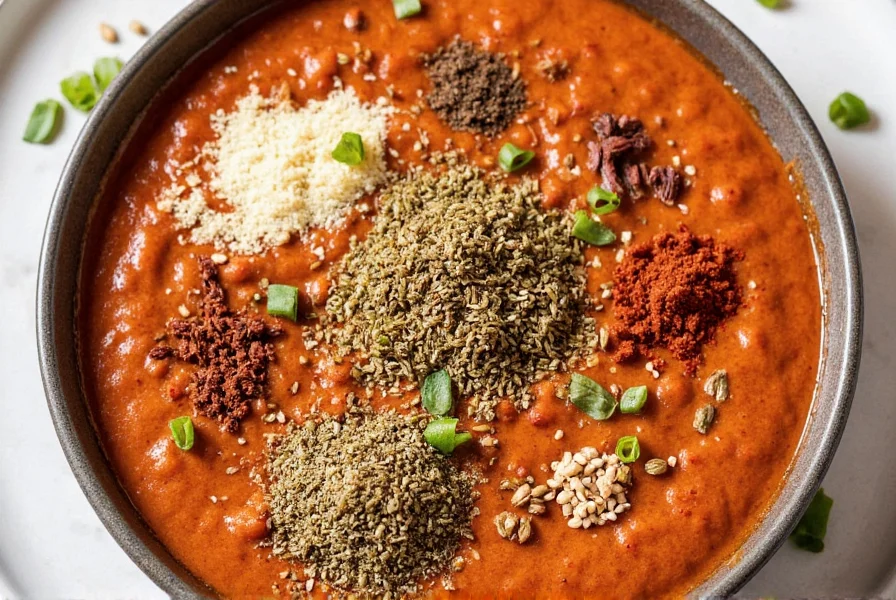
Za’atar is more than a spice — it's a cultural icon. This earthy blend typically includes dried thyme, sesame seeds, sumac, and salt. Sometimes it’s made with marjoram or oregano, depending on the region. Try it rubbed onto flatbreads before baking or mixed with olive oil as a dip.
2. Sumac
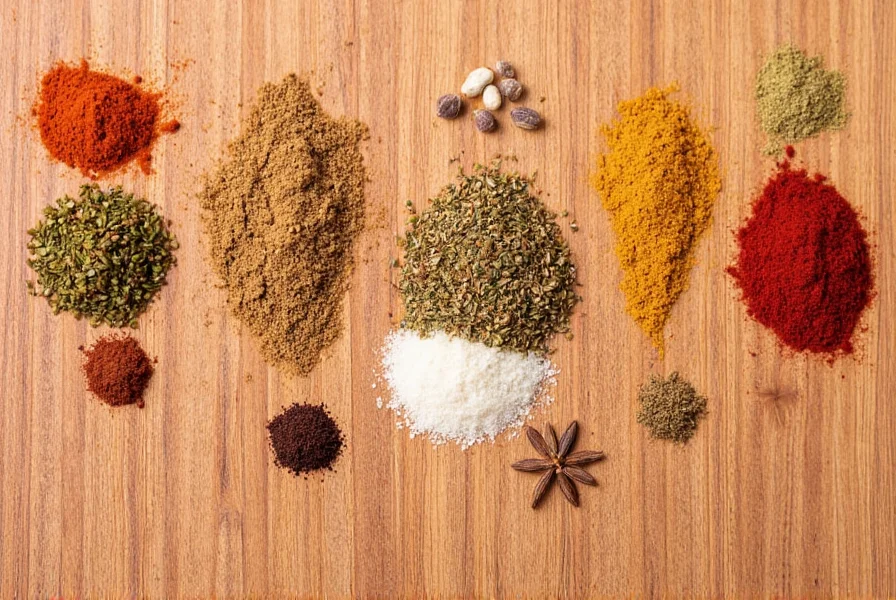
If you’ve ever tasted something tangy and lemon-like but without the acidity, you’ve met sumac. A staple across the Middle East, it brightens grilled meats, salads, and even desserts. Sprinkle it over fattoush salad or kebabs for a pop of color and flavor.
3. Baharat
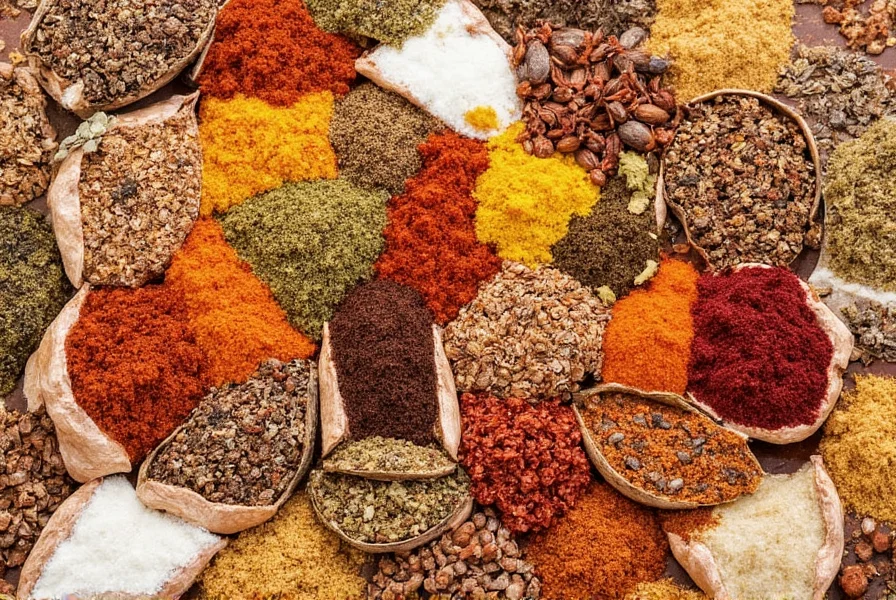
Baharat (meaning “spices” in Arabic) varies by household but usually contains black pepper, cinnamon, coriander, cumin, cardamom, cloves, nutmeg, and allspice. It’s used to season stews, soups, and rice dishes. Think of it as the backbone of many Levantine meals.
4. Ras el Hanout
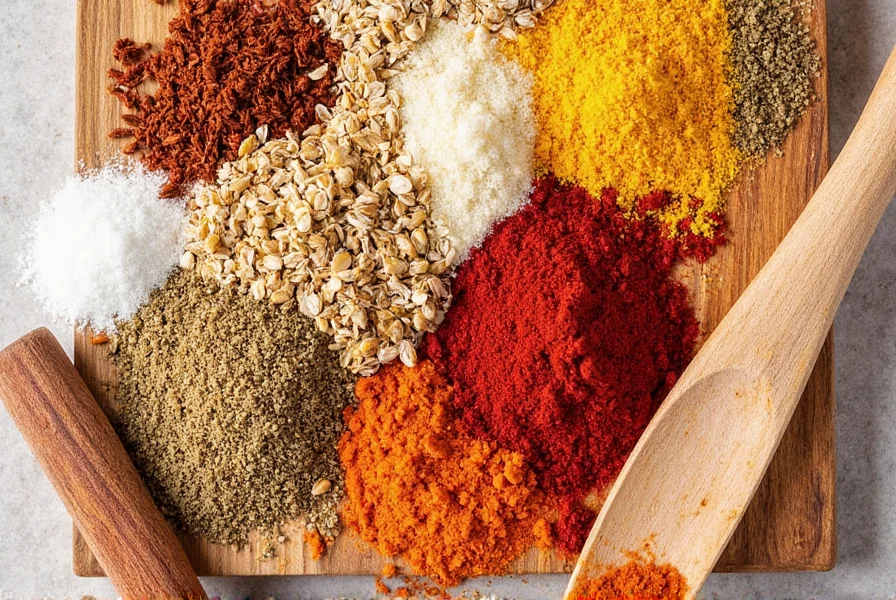
Ras el Hanout translates to “head of the shop” — meaning it’s a master blender’s best mix. Often containing 10+ spices, it brings warmth and intrigue to lamb, couscous, and tagines. Use it sparingly; this blend doesn’t play around.
5. Aleppo Pepper
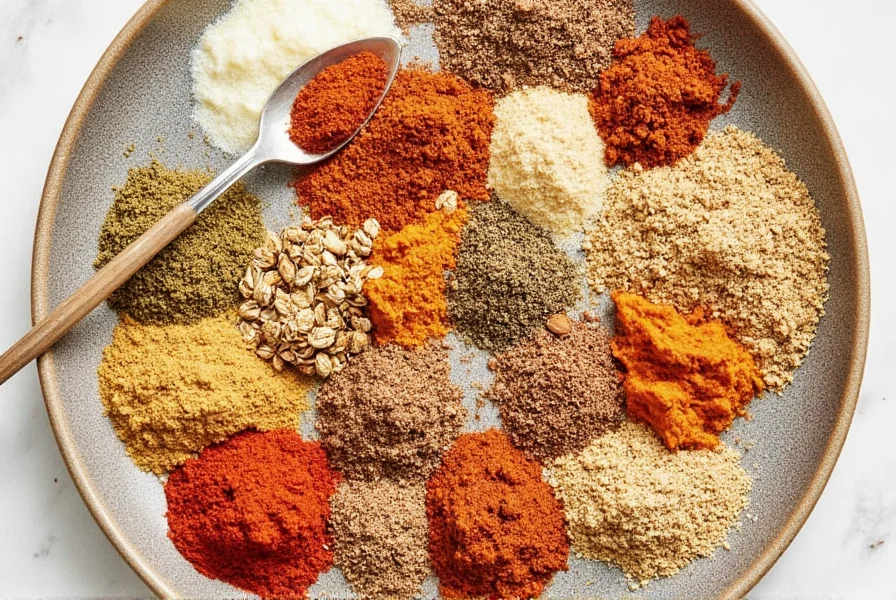
This moderately spicy chili flake from Syria offers a fruity undertone with a slow burn. Ideal for sprinkling over roasted vegetables or mixing into dips like muhammara.
6. Cardamom
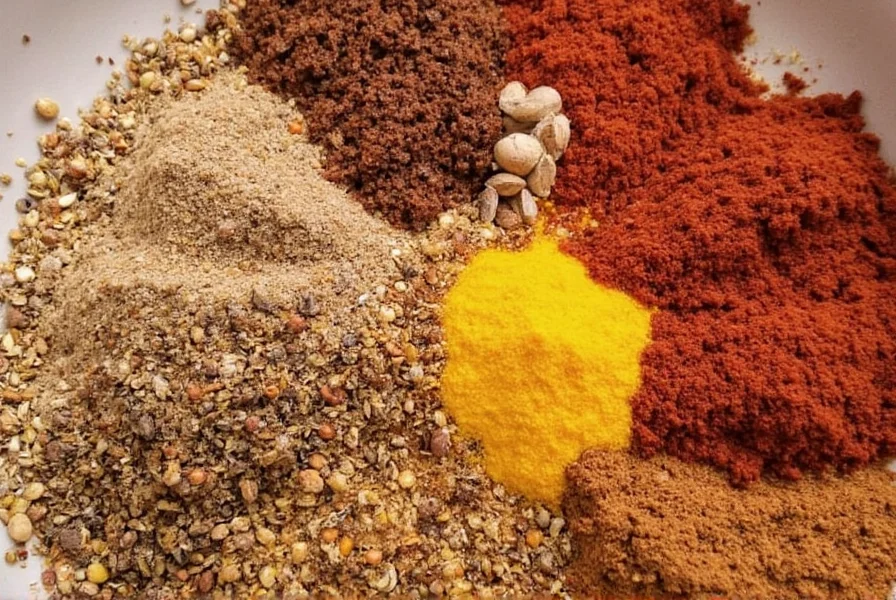
Cardamom is the Queen of Spices in the Middle East. Used both sweet and savory, it stars in coffee, desserts, and meat dishes. Crush the pods and grind the seeds yourself for the freshest flavor.
7. Dried Lime (Limu Amani)
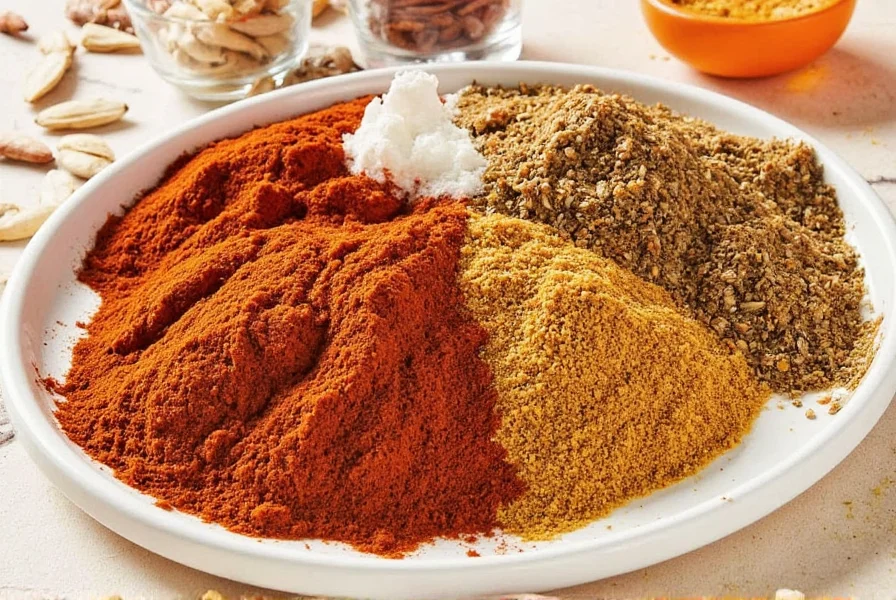
Dried lime, known as limu amani in Persian, adds a unique sour note to soups and stews. It’s commonly used in Iranian and Gulf cuisines. Drop a few pieces into a pot of stew and watch the magic unfold.
Comparison Table: Top Middle Eastern Spice Blends
| Spice | Main Ingredients | Flavor Profile | Best Uses |
|---|---|---|---|
| Za’atar | Thyme, sumac, sesame, salt | Herby, tangy, nutty | Bread, dips, roasted veggies |
| Sumac | Dried berries ground into powder | Tangy, lemony | Salads, meats, dressings |
| Baharat | Black pepper, cinnamon, coriander, etc. | Warm, earthy, aromatic | Rice, stews, soups |
| Ras el Hanout | Mix of 10+ spices | Complex, floral, spicy | Lamb, tagine, couscous |
| Aleppo Pepper | Chili flakes | Fruity, medium heat | Veggies, dips, meats |
| Cardamom | Seeds inside pods | Sweet, floral, earthy | Coffee, desserts, rice |
| Dried Lime | Dried citrus fruit | Sour, fermented citrus | Stews, soups, seafood |
Pro Tips for Using Middle Eastern Spices Like a Local Chef
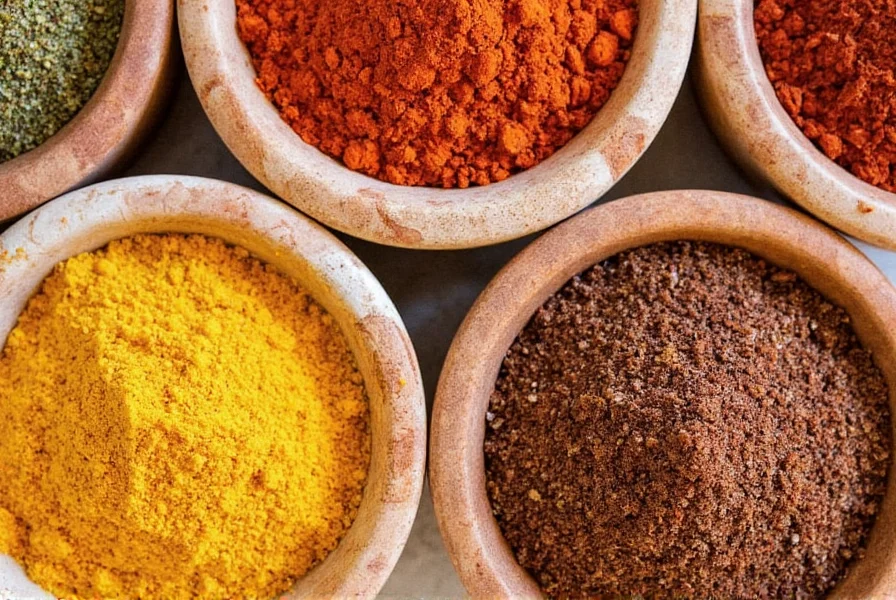
Spices are only as good as how you use them. Here are some insider tricks to get the most out of your Middle Eastern spice collection:
- Toast your spices first: Heat a dry pan and toast whole spices like cumin seeds or coriander until fragrant. This unlocks their essential oils and intensifies flavor.
- Use them fresh: Buy small quantities and store in airtight containers away from light. Freshness makes a huge difference.
- Layer flavors: Start with aromatics like onions and garlic, add spices early in cooking, and finish with fresh herbs and citrus zest.
- Don’t be afraid to experiment: Many traditional recipes leave room for personalization. Swap out one spice and see what happens!
- Pair with quality ingredients: Good spices elevate great ingredients — so source the best produce, dairy, and proteins you can find.
How to Cook with Middle Eastern Spices: Recipes You’ll Crave
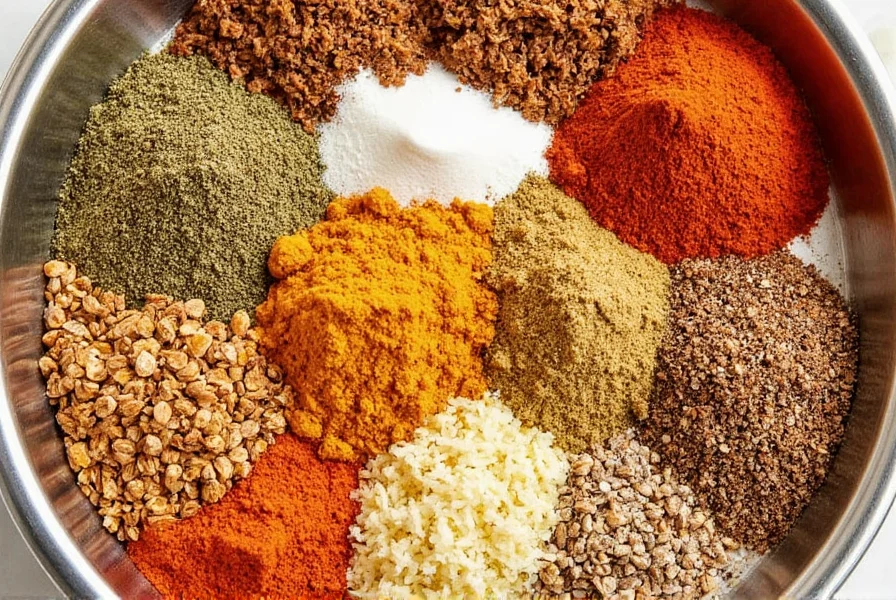
Now that your spice rack is stocked and your pantry is primed, let’s talk about what to make! Here are three easy yet incredibly flavorful recipes that showcase Middle Eastern spices beautifully:
1. Za’atar Roasted Potatoes
- Ingredients: baby potatoes, olive oil, za’atar, salt, lemon zest
- Method: Toss everything together and roast at 400°F (200°C) until crispy and golden.
- Why it works: Za’atar turns humble potatoes into a showstopper.
2. Sumac Chicken Skillet
- Ingredients: chicken thighs, sumac, garlic, paprika, cumin, olive oil
- Method: Sear chicken, sprinkle with spice mix, simmer with onions and tomatoes.
- Why it works: Sumac gives a bright tanginess that balances the richness of the chicken.
3. Ras el Hanout Lamb Koftas
- Ingredients: ground lamb, ras el hanout, breadcrumbs, egg, onion
- Method: Mix ingredients, shape into skewers, grill until charred and juicy.
- Why it works: The complex spice blend enhances the natural gaminess of lamb.
Middle Eastern Spice Buying Guide: What to Look For
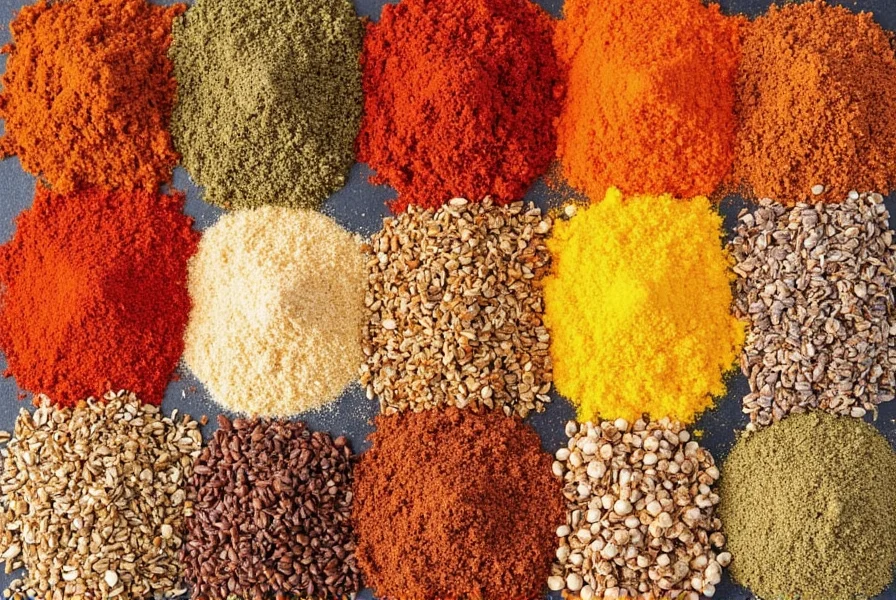
Not all spice brands are created equal. Whether you’re shopping online or visiting your local ethnic grocer, here’s what to keep in mind when choosing Middle Eastern spices:
Quality Over Quantity
Freshness matters more than you think. Always check the expiration date and opt for small batches if possible. Whole spices last longer than ground ones — so consider investing in a grinder if you want maximum potency.
Authenticity Counts
Look for products imported directly from the Middle East or produced by reputable Middle Eastern brands. Authenticity affects not just taste, but also aroma and texture.
Packaging Protects Flavor
Spices degrade faster when exposed to air, moisture, and light. Choose packaging that’s airtight and opaque. Glass jars with tight lids are ideal for storage.
Price vs. Value
While you don’t always need to splurge, super cheap spices might lack flavor. Balance affordability with quality. Sometimes spending a little extra pays off in taste and longevity.
Organic vs. Conventional
If you care about pesticides and additives, opt for certified organic spices. They tend to be cleaner and more ethically sourced.
Spice Shopping Checklist
| Spice | Recommended Brand | Features | Best For |
|---|---|---|---|
| Za’atar | Lebanon Spices Co. | Traditional blend with wild thyme | Flatbreads, dips, seasoning |
| Sumac | Arabica Naturals | Deep red color, tart flavor | Salads, meats, dressings |
| Baharat | Al Wadi Spices | Custom house blend from Saudi Arabia | Stews, rice, soups |
| Ras el Hanout | The Spice Garden | High-quality Moroccan blend | Lamb, tagine, couscous |
| Aleppo Pepper | Red Earth Organics | Medium heat with fruity notes | Vegetables, dips, meats |
Final Thoughts: Let Your Taste Buds Travel the World
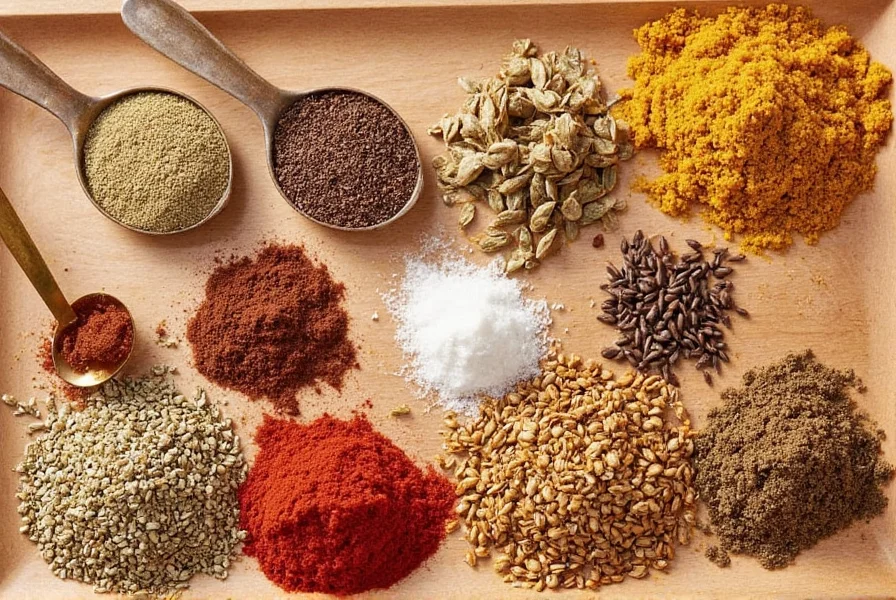
Exploring Middle Eastern spices is like taking your taste buds on a cultural journey without leaving your kitchen. From the bustling markets of Marrakech to the quiet family kitchens of Beirut, these spices carry history, heart, and unforgettable flavor.
So go ahead — open that jar of za’atar, crush some cardamom pods, and let the magic of Middle Eastern spices transform your cooking forever. And remember: the best spice is the one you use with love.

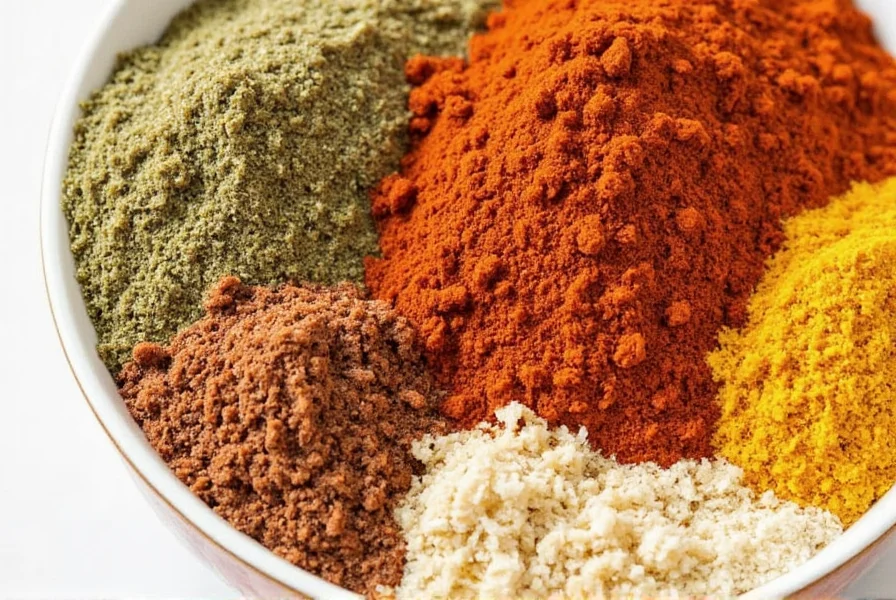









 浙公网安备
33010002000092号
浙公网安备
33010002000092号 浙B2-20120091-4
浙B2-20120091-4